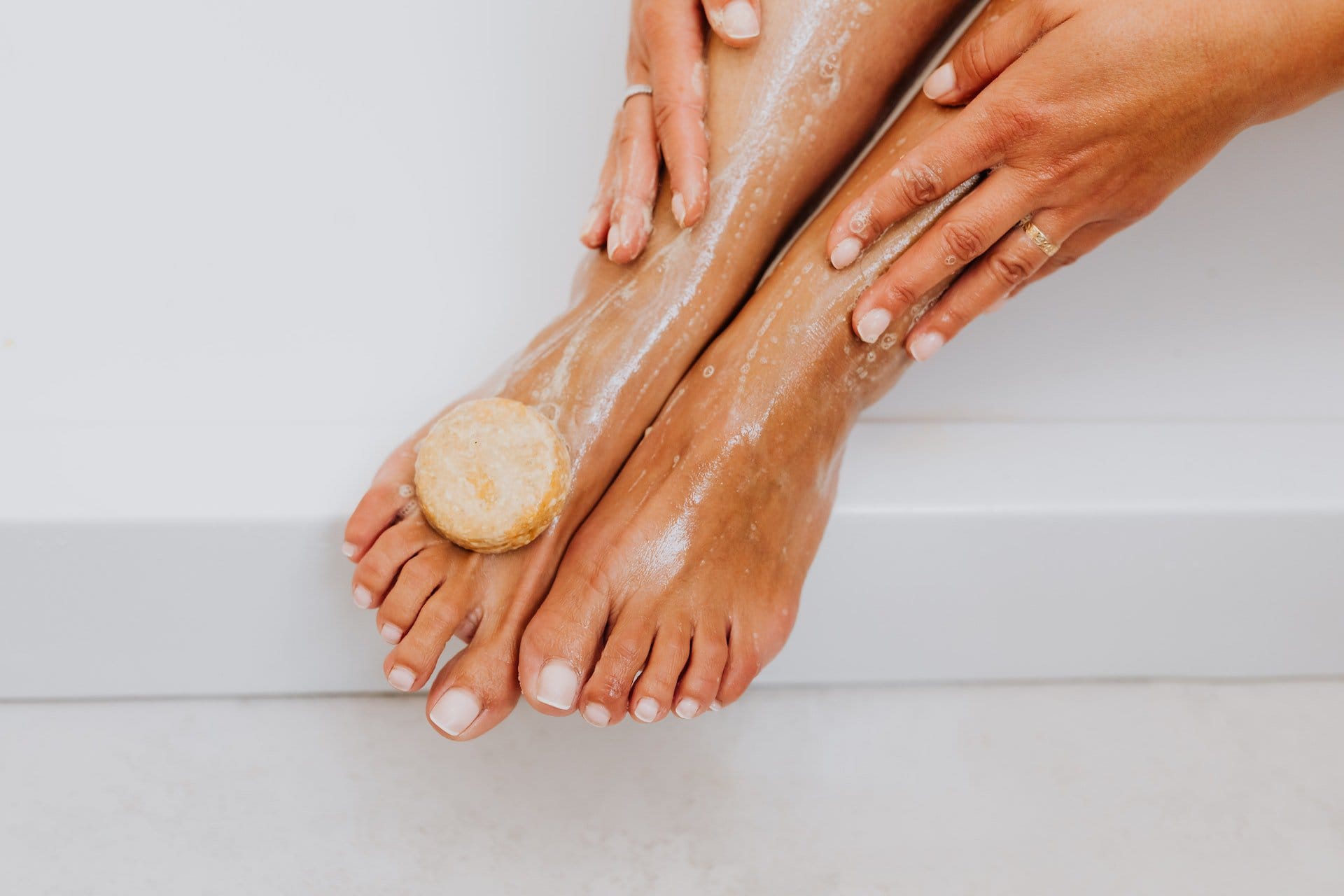
Science confirms that grandma was right: wash your ears carefully
“Don’t forget to wash behind your ears and between your toes.” There seems to be some truth in this grandparents’ advice. US research shows that occasional rubbing can keep skin healthy.
American biologists report that a greater diversity of microbes lives on well-washed skin than on oily areas. This means that this skin is healthier – so a good scrub is wise.
Bacteria, fungi and yeasts
Billions of microorganisms live on your skin. These are mainly bacteria, but you will also find fungi, viruses and yeasts. Together they make up the skin microbiome. This may sound gross, but these microorganisms are extremely beneficial. They stop pathogens and help the body heal wounds. Therefore, a good skin microbiome, which consists of a wide range of microbes, is important for your health.
Read also
Protecting frogs and toads is good for our health
Amphibians can help treat all kinds of diseases, including diabetes, fungal infections…
The composition of the skin microbiome varies from person to person. It depends on various factors, such as your age, use of cosmetics, lifestyle and living environment.
Researchers from George Washington University in the US have now looked at how the microbiome varies between different places in your body. they results Published in the scientific journal Frontiers in Microbiology.
Novelty hypothesis
Through their research, American biologists wanted to test the so-called novelty hypothesis. Biological Keith Crandall He explains that his grandmother always advised the children of his family to “rub behind the ears, between the toes and in the navel” thoroughly. This advice, which more people will learn from their parents (grandparents), got him thinking. Will the microbiome in these often poorly scrubbed areas look different than in places where there is good scrubbing, such as the arms or legs?
To determine this, biologists have developed a special research method. “The research was originally intended to be part of a project-based learning activity where students would collect samples and data,” he says. Marcos Perez Losada.
They deployed a team of 129 healthy students who served as test subjects and research assistants. Students learned how to sample their skin’s microbiome themselves. They did this by swabbing a cotton swab on five different places on their bodies. Two areas of skin were “wet”: between the toes and in the navel. One of them was more oily and greasy: behind the ears. The other two areas were drier and perhaps cleaner: calves and forearms.
The students’ work is not finished yet. They also learned how to analyze DNA from swabs to identify microorganisms living in these five skin areas.
Wash behind your ears
The research showed that there are indeed differences between places. Dry areas of skin — calves and forearms — showed a greater diversity of microorganisms than moist, oily areas — in the navel, between the toes, and behind the ears. That was a bit of a surprise. Crandall: “At the beginning of the study we thought that oily and humid areas would have greater diversity because they would provide better conditions for bacteria to grow.”
It appears that this is not the case. The results suggest that the skin microbiome on the calves and forearms — which are likely to be washed more thoroughly — is healthier. Less diversity may indicate that certain pathogenic or unfavorable microorganisms are predominant, Pérez Losada says. This can lead to skin conditions such as eczema, fungal infection or acne.
Therefore, the research appears to provide evidence for the novelty hypothesis. “Follow grandma’s advice and wash those greasy, wet spots well!” says Crandall. Rubbing behind your ears, between your toes, and your belly button is likely good for your skin health. Although it is also possible that other skin characteristics are responsible for microbiome differences.
In addition to validating the grandmothers, the study is also gathering information about the skin microbiome in healthy adults. This could serve as a reference for future research on the role of this microbiome in skin diseases.

“Travel enthusiast. Alcohol lover. Friendly entrepreneur. Coffeeaholic. Award-winning writer.”
